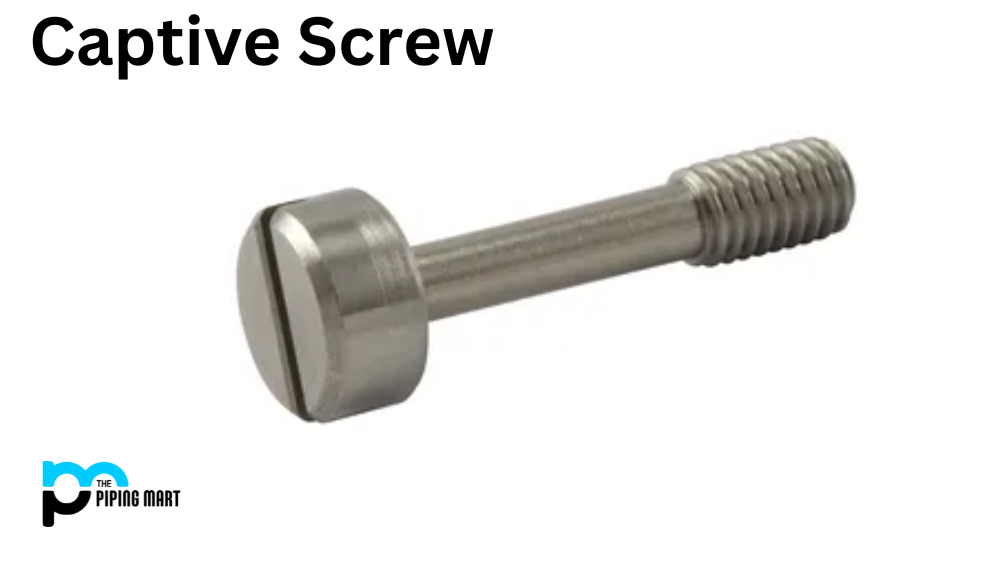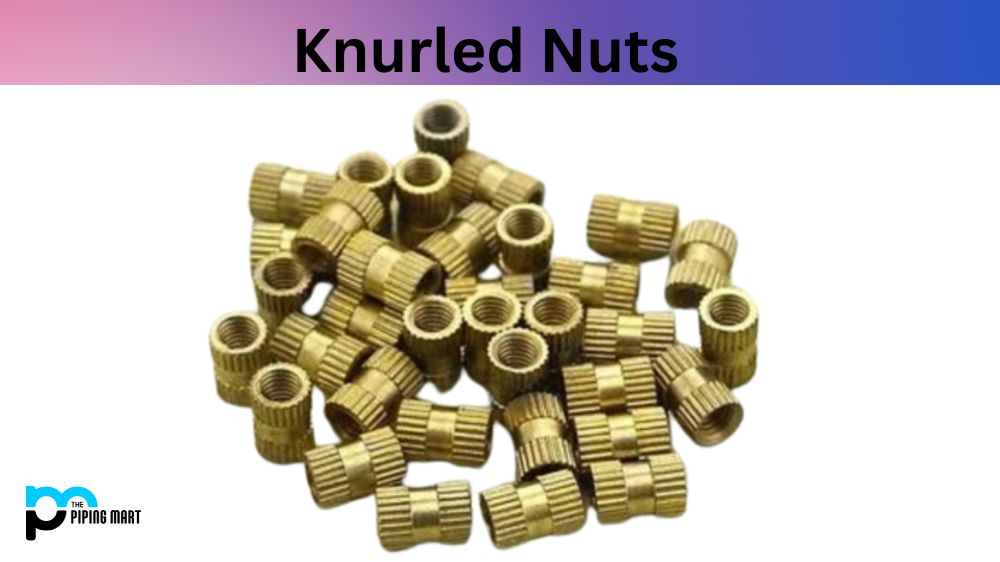Captive screws are a crucial component in many industrial and commercial applications, and they offer several benefits over other fastening methods. Captive screws provide easy and secure fastening due to their unique design, which eliminates the need for a separate nut or washer. However, as with all things, there are both advantages and disadvantages to using captive screws.
In this blog post, we will delve deeper into the topic of captive screws and explore the pros and cons of these fasteners. Whether you are a professional mechanic or a DIY enthusiast, this post will provide you with the information you need to make an informed decision about whether to use captive screws in your next project.
What is a Captive Screw?
A captive screw, also known as a captive fastener or captive bolt, is a type of threaded fastener that is designed to remain attached to one component while it is being assembled with another. This unique design prevents the screw from becoming loose and getting lost during assembly or disassembly processes.
One of the most common uses for captive screws is in electronic devices, where they are used to secure components like circuit boards and panels. In these applications, traditional screws can easily fall out and cause damage or malfunction. However, with a captive screw, this risk is eliminated as it remains permanently attached.
Furthermore, captive screws offer added convenience as they do not require separate tools such as washers or nuts. They have built-in threads that allow for easy installation using just a screwdriver.
Advantages of Captive Screws
Convenience:
Captive screws eliminate the need for additional components such as nuts, washers, and bolts, which makes installation and maintenance more convenient. With captive screws, installation times are reduced, and parts are easier to manage due to the all-in-one design.
Secure and Reliable:
Captive screws are very secure since they have a mechanism that prevents them from unscrewing accidentally. The mechanism can be a simple spring or a more complex locking mechanism, but in either case, the screw is less likely to loosen with time, vibration, or other external factors.
Aesthetically Pleasing:
Captive screws have a sleek and stylish look, making them aesthetically pleasing. They offer a clean and uniform finish on any surface they are installed on.
Durability:
Captive screws are designed to last, thanks to the strong and corrosion-resistant materials they are made from, including stainless steel. This durability ensures they can withstand extreme conditions, making them reliable fasteners for industrial and commercial applications.
Disadvantages of Captive Screws
Cost:
Captive screws are typically more expensive than traditional fasteners. This makes them less cost-effective for small-scale projects such as DIY repairs, where other options may be more affordable.
Limited Choice:
Captive screws come in fewer designs and sizes compared to traditional fasteners, which could limit their use in some projects where specialized sizes and shapes are required.
Maintenance:
While captive screws are easy to install, they are difficult to remove. If repairs or replacements are necessary, they may require special tools and expertise, adding time and cost to maintenance.
Weight:
Captive screws are heavier than traditional fasteners, and this could become a problem in applications where weight is a significant factor.
Conclusion:
Captive screws offer several advantages, including convenience, security, aesthetics, and durability. Despite this, they also have some downsides, such as cost, limited choice, maintenance, and weight. When deciding to use captive screws, it is essential to weigh these pros and cons and determine if they are the right fit for your project.
While captive screws may not always be the answer to your fastening needs, they are an excellent choice for many applications. For instance, in car manufacturing, captive screws are used in door hinges and seats due to their reliable characteristics. Whatever your project entails, understanding the benefits and drawbacks of captive screws will help you make an informed decision and ensure that your fastening needs are met.

Meet Bhavesh, a seasoned blogger with a wealth of knowledge and experience. From metal products manufacturing to retail, Bhavesh has a diverse background in various industries and is dedicated to sharing his insights and expertise with readers.




